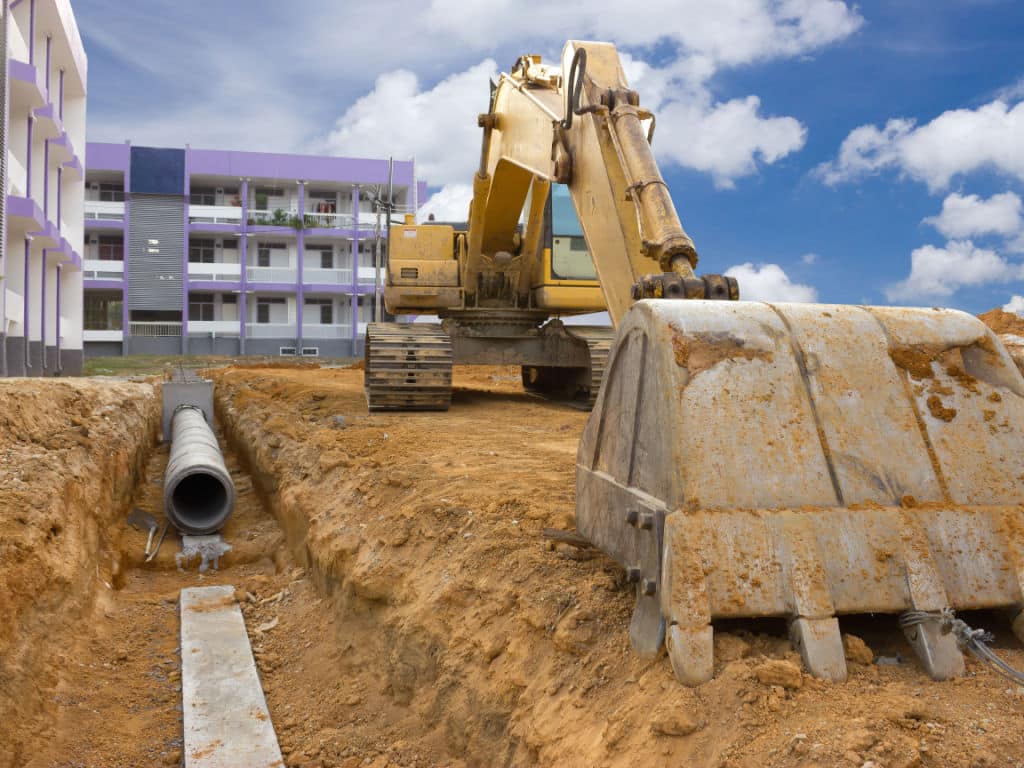The transitional government in Chad is getting funding for flood risk management and urban planning in N’Djamena. The $150 million grant is from the International Development Association (IDA). The funding is provided under the Integrated Management Project for Flood Control and Urban Resilience in N’Djamena (Pillar).
It will be implemented through four components. The first will allow the rehabilitation and construction of new infrastructure in the Chadian capital. These include dykes and drainage systems in the 9th district (Walia-Toukra) of N’Djamena, a secondary drainage network in the northeast of the city and its integration with existing retention basins, primary and secondary stormwater collectors, drainage channels, retention basins and related road networks.
According to the Chadian Ministry of Economic Prospective and International Partnerships, this component of the project also includes the provision of technical assistance and investments to strengthen the municipality’s operation and maintenance practices, solid waste management along the drainage systems, capacity building, and technical assistance to improve operation and maintenance planning and budgeting, household awareness and provision of relevant equipment, upgrading the pre-collection system in selected areas by providing pre-collectors with the necessary equipment, upgrading the city’s waste volume monitoring system and setting up a recycling demonstrator, and developing pre-identified temporary waste disposal sites to handle the collected waste.
Making the city of N’Djamena more sustainable
The “Pillar” project also focuses on developing a city-wide solid waste management strategy for N’Djamena, including feasibility studies for a new landfill site that could form the basis of a possible follow-up project and/or additional investments, awareness raising on urban planning and land use management services, funding for local urban agriculture initiatives in retention basins and small income generating activities, funding for greening initiatives, community awareness on flood related topics and soil and water conservation. In addition to reducing flooding, the goal is to make the city of N’Djamena greener, more sustainable and resilient.
Read Also – CHAD: Rehabilitation of the Gardeners’ Canal is launched in N’Djamena
Community preparedness and response committees will be established to respond to disasters like the one that occurred in 2022. The equipment of the national hydrometeorological agencies will be upgraded to produce accurate and up-to-date weather forecasting data through the operationalization of automatic weather stations and the establishment of a fully equipped national data processing center. another center will be exclusively dedicated to the dissemination of information and alerts to the population during floods and will coordinate with community preparedness and response committees,” says the Chadian Ministry of Economic Prospective and International Partnerships.
The “Pillar” will enable the establishment of the Conditional Emergency Response Team (CERC) in N’Djamena. The CERC will help the Government of Chad improve the timeliness of crisis response by funding the implementation of emergency response, early recovery and/or urgent reconstruction measures. The Integrated Flood Control and Urban Resilience Project in N’Djamena is expected to be completed in 2026.
Inès Magoum
